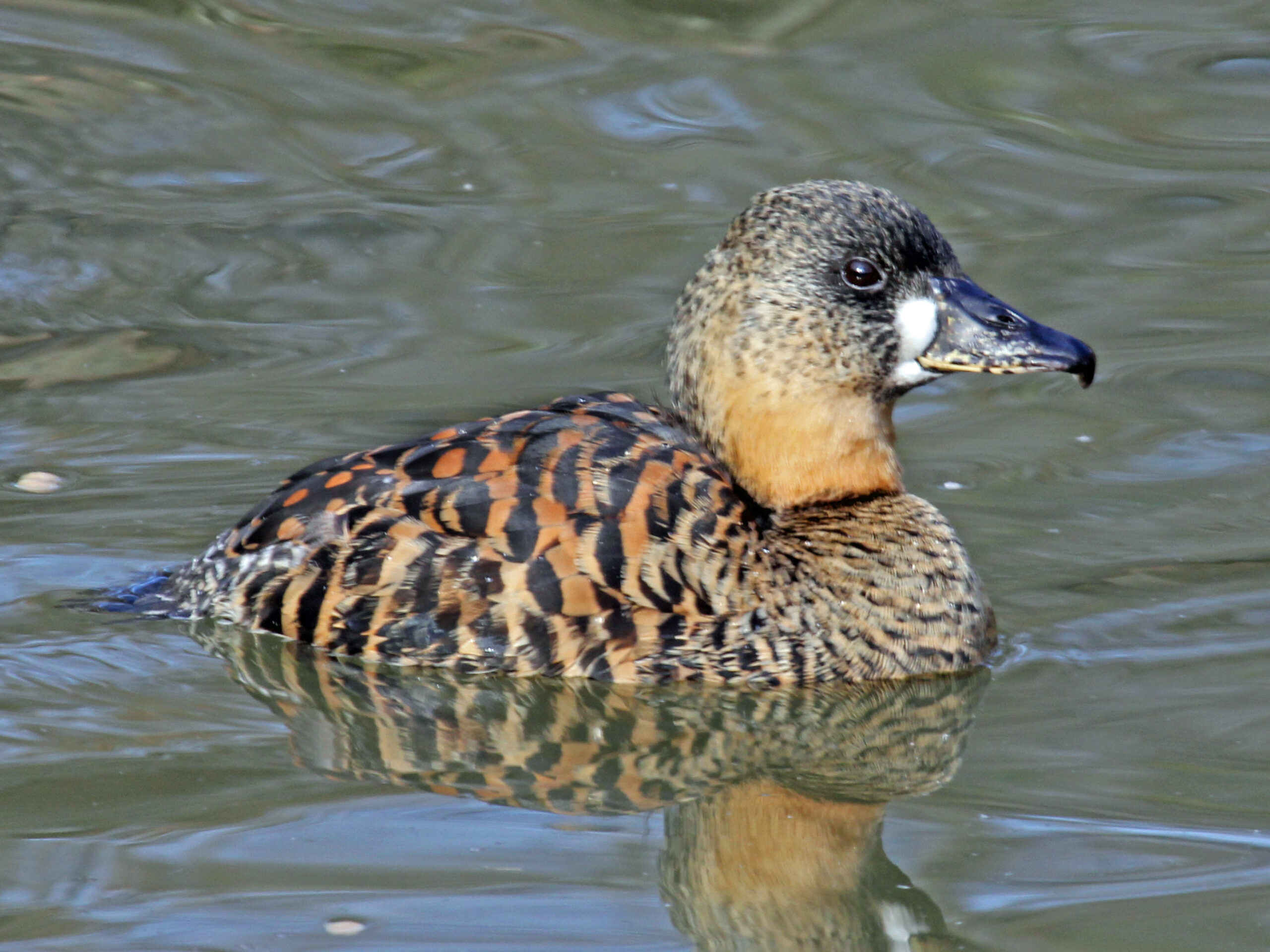The African Blue-billed Duck: A Deep Dive Into Thalassornis Leuconotus
Share
The African Blue-billed Duck, scientifically known as Thalassornis leuconotus, is a fascinating species belonging to the family Anatidae within the order Anseriformes. This unique bird is primarily found in various regions across Africa, showcasing a range of physical characteristics and behaviors that make it a subject of interest for ornithologists and birdwatchers alike. In this article, we will explore the taxonomy, habitat, diet, behavior, reproduction, and conservation status of this remarkable species.
Taxonomy
Thalassornis leuconotus was first described by Eyton in 1838, and it is classified under the subfamily Oxyurinae. The species is further divided into the subspecies leuconotus. This bird is part of the suborder Anseres, which includes all ducks, geese, and swans. The African Blue-billed Duck is known for its distinctive blue bill, which sets it apart from other duck species.
Physical Characteristics
The African Blue-billed Duck is a medium-sized waterfowl, characterized by its striking plumage. Males typically exhibit a dark brown body with a lighter underbelly, while females are generally more subdued in color, featuring mottled brown feathers that provide excellent camouflage. The most notable feature is the vibrant blue bill, which is particularly prominent in males.

Habitat
This species inhabits freshwater wetlands, marshes, and lakes across Africa, ranging from eastern Cameroon and southern Ethiopia down to Cape Colony. The African Blue-billed Duck prefers areas with dense vegetation, which provides cover and nesting sites. These habitats are crucial for their survival, as they offer both food sources and protection from predators.

Diet
The diet of the African Blue-billed Duck primarily consists of aquatic plants, seeds, and small invertebrates. They are known to forage by diving underwater, using their bills to sift through sediment and vegetation to find food. This foraging behavior is essential for their nutrition and overall health.

Behavior
The African Blue-billed Duck is a relatively shy and elusive bird, often found in small groups or pairs. They are known for their unique courtship displays, which include elaborate swimming patterns and vocalizations. Their calls are a series of soft whistles, which can be heard during the breeding season. This species is also known to be a strong flyer, capable of covering long distances when necessary.

Reproduction
Breeding typically occurs during the rainy season when water levels are high, providing ideal conditions for nesting. The female constructs a nest hidden among dense vegetation, laying a clutch of 6 to 10 eggs. Incubation lasts about 28 days, and both parents are involved in caring for the young once they hatch. The ducklings are precocial, meaning they are relatively mature and mobile shortly after hatching.
Conservation Status
The African Blue-billed Duck is currently classified as Least Concern by the IUCN Red List. However, habitat loss due to agricultural expansion and wetland drainage poses a significant threat to their populations. Conservation efforts are essential to protect their natural habitats and ensure the survival of this unique species.
Final Thoughts
The African Blue-billed Duck, Thalassornis leuconotus, is a remarkable bird that plays a vital role in its ecosystem. Its unique adaptations and behaviors make it a fascinating subject for birdwatchers and researchers alike. Observing this species in its natural habitat can be a rewarding experience, especially in the wetlands of Africa where they thrive. By understanding and appreciating the African Blue-billed Duck, we can contribute to its conservation and the preservation of its habitat for future generations.
